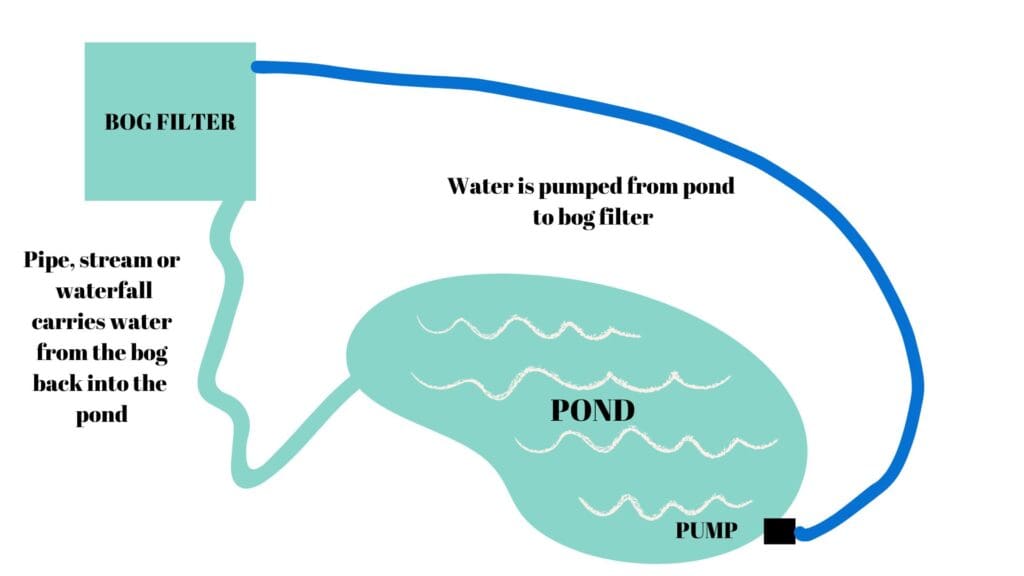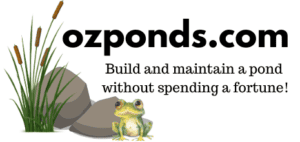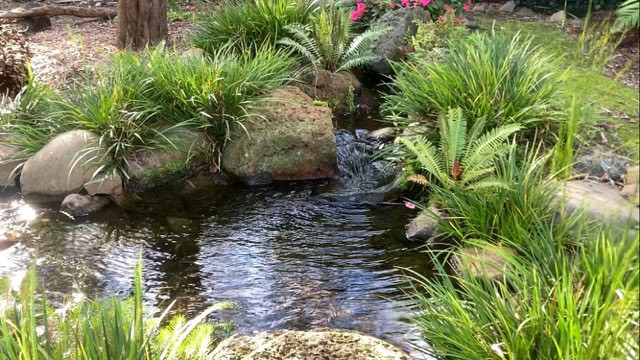Hello everyone, Kev here! Recently, my family and I took a delightful trip to Tropical Far North Queensland, immersing ourselves in the beautiful aquatic ecosystems.
Upon returning home to Victoria’s winter, I was a bit disheartened by the state of my ponds, now layered with fallen leaves and looking rather lackluster compared to a few months ago.
This motivated me to dive into some pond maintenance and share my approach to creating and maintaining healthy, low-maintenance aquatic environments. You can either read this post or watch the video below.
Embracing a Natural Pond Ecosystem
My goal is to create ponds that mimic natural ecosystems as closely as possible. This means incorporating rocks, pebbles, plants, and even allowing some sediment and algae to accumulate.
While some prefer pristine, clear ponds, I find beauty in a more natural look that’s easier to maintain. Here’s a more in-depth article on how I design my sorts of ponds. Or if you prefer video here’s a video showing how I built a simple natural looking pond on a budget.
My handy formulas pdf is a great little companion to anyone trying to build this type of pond. It includes all the formulas I use on my ponds.
Designing for Minimal Maintenance
When designing most of my ponds, I focus on replicating river-like environments. This involves creating a continuous water circulation system. Here’s a very basic breakdown of my design:
- Bog Filter: This acts like a natural spring, purifying the water with bacteria, organisms, and plants.
- Stream and Waterfall: The water flows from the bog filter into a stream, adding oxygen as it cascades down.
- Main Pond: The stream feeds into the pond, simulating a wider river section or natural pool.
- Pump System: Water is pumped back to the top, ensuring constant circulation.
The very basic drawing below shows how I move water through the system. Usually the pump is positioned inside an intake bay, skimmer or a negative edge cistern. If don’t understand what that is heres an article on intake bays.

You might also like to learn more about bog filtration or watch the video below.
For smaller ponds without circulation, I mimic backwater areas with plenty of plants and a thick sediment layer, creating a different but equally vibrant ecosystem.
Here’s an article on how to set up a simple mini pond with no moving water, no pumps, no electricity. Or again, if you prefer you can watch the video.
Maintenance Tips and Tricks
Maintaining these ecosystems requires understanding and embracing the natural processes. Here’s my step-by-step maintenance routine:
- Start at the Top of the system: Begin cleaning from the bog filter and stream, removing algae and plant debris. I use a simple pool skimmer (amazon link) net for this.
- Work with the Flow: Let the water flow carry smaller debris into the main pond for easier removal.
- Stir and Clean: In the main pond, stir up settled debris, guiding it towards the pump for filtration.
- Sediment Management: Periodically, remove sediment manually to prevent nutrient buildup.
Unlike some who prefer draining and pressure washing their ponds, I avoid this to preserve beneficial organisms. My method keeps the ecosystem intact and reduces workload.
Once to twice a year the bog filter will require a drain and flush to remove accumulated sediment. Here’s a video explaining how I do that or you can read this article.
Every pond is different
Maintenance frequency varies with pond size and personal preference. Smaller ponds are easier to manage, while larger ones might need less frequent but often more labour intensive work.
Seasonal changes also affect maintenance. For instance, in winter, I let sediments accumulate in deep sections of my larger ponds and address them in warmer months, when it’s easier for me to get into the pond.
Conclusion
Creating a healthy pond ecosystem doesn’t mean striving for perfection. It’s about balance and embracing natural beauty.
Some algae and sediment build up is a good thing! I don’t want a sterile pool. I want an abundance of life, from the tiny phytoplanktons at the base of the food chain to my fish that feed on them.
I hope my experiences and tips inspire you to create and maintain your own natural pond ecosystem. For more detailed guides and resources, check out my other videos and read some more articles, while you’re here.
Happy pond keeping!

